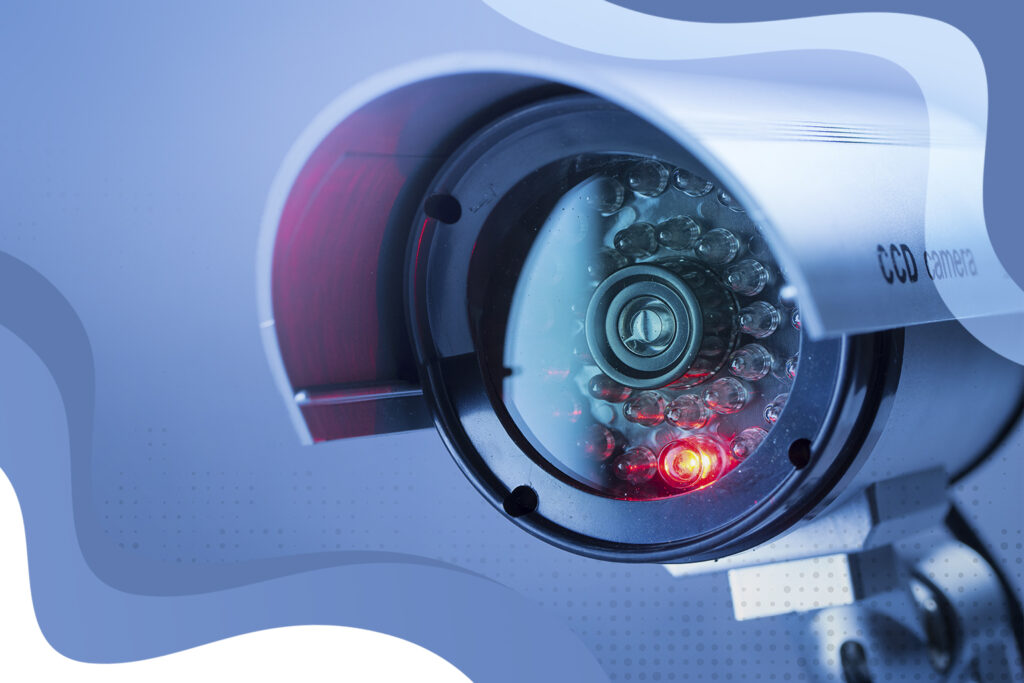
CCTV Camera System Configuration
According to research, the Ontario government invested nearly 1.8 million in updated CCTV cameras to help police service to prevent crime. Undoubtedly, installing CCTV systems in residential or commercial places significantly lowers the risk of criminal activities. Nowadays, many people want to install CCTV cameras in their Ontario houses but don’t have prior knowledge about the CCTV camera system configuration process.
Since CCTV installation and configuration require technical matters and expertise, you should opt for professional service. In this article, we have discussed how to install and set up a CCTV camera system in your residential place. Read on.
First Thing First, Where Should You Install CCTV Cameras?
You must know where to install the Camera to get the most out of the CCTV installation. There are two main factors you must consider,
- The length of the cable
- The range of your CCTV camera
- Wireless or wire system
Usually, the house owners install CCTV cameras in the entrance (front, back or side), backyard, and garages and on the second floor. Installing cameras in these areas, especially at the entrance, will help you by capturing the faces of every people. Generally, criminals break inside the house through patio doors, so you must keep the cameras in these areas.
To make final decisions, consult an experienced CCTV camera system configuration service in Ontario to know which location suits your requirements best.
Make the Spot before Installing the Bracket
After marking the spot, drill a hole and insert plugs to attach the brackets for mounting the Camera. If the CCTV camera is wireless, then no problem, but if it is a wired system, you have to thread the wire through the wall to connect to the monitoring source.
Attach the Camera
Now, you have to attach the power code to a socket. Remember that wireless cameras don’t need any power code to run. But in that case, you must charge their batteries after a certain period.
Be Mindful While Installing Digital Video Recorder
It will be best to install the digital video recorder inside a locked box to protect the data. Wireless CCTV cameras don’t come with DVR; they are configured with NVE or network video recorder, which can be installed similarly.
Make a Connection between the Network Cable and the Internet Router
Remember that every type of CCTV camera should be attached to different cables. If you don’t have technical matters in this field, ask CCTV camera system configuration service in Ontario. For instance, analog HD camera work with DC pin connectors and BNC cables, and IP cameras use Cat 6 cables.
Connect the Camera to NVR or DVR
After installing the CCTV camera and wire, you must connect the screen with DVR or NVR, whichever system your Camera works with. HDMI is one of the best options as a working monitor because you can get a high resolution out of this system.
Safeguard Your Family
Many people try to DIY CCTV installation in their houses by watching YouTube videos and reading manual instructions. But remember that handling technical matters is not everybody’s cup of tea, and some random videos will not guarantee proper installation.
Getting professional help from CCTV camera system configuration providers is something you must take advantage of and ensures the protection of your family in Ontario. To learn more about this field, call us at Capture Security Solution
CCTV camera system configuration